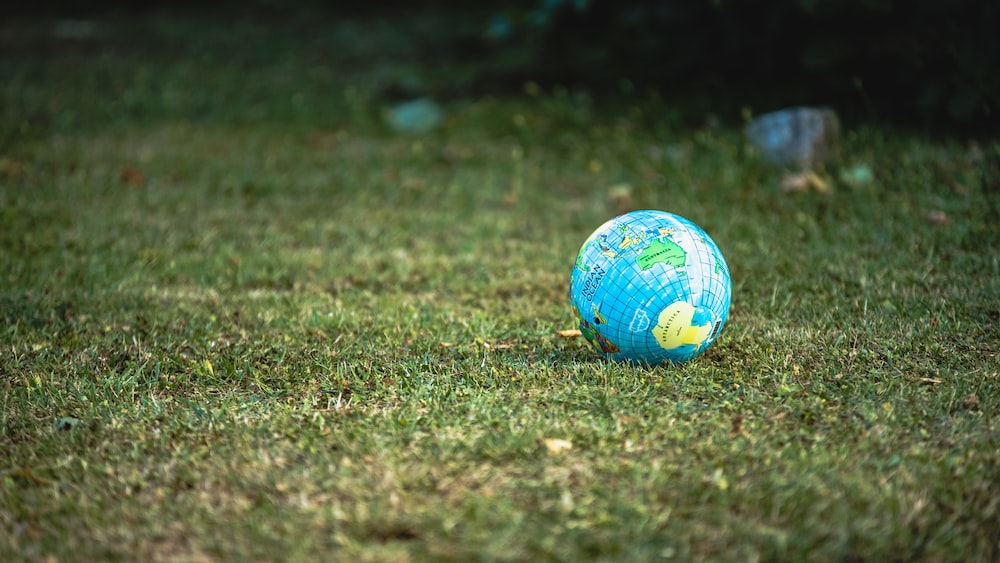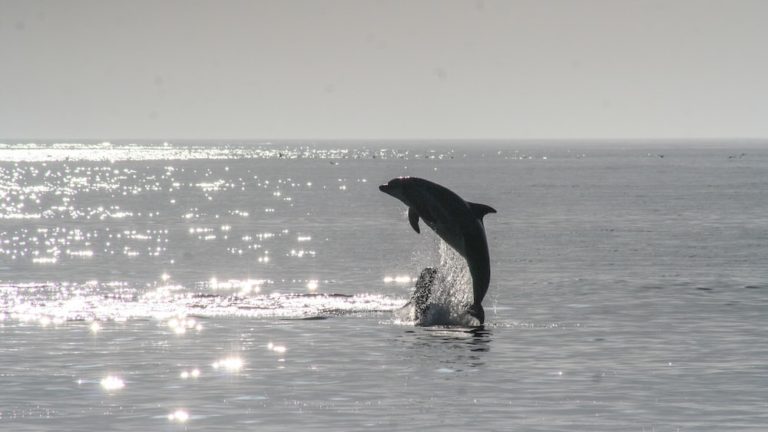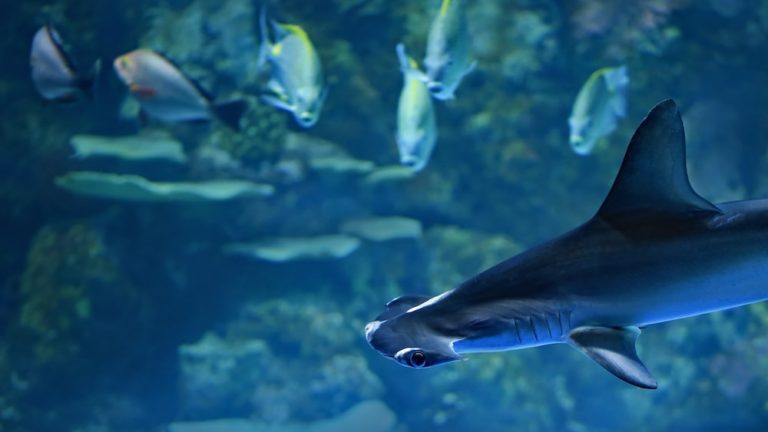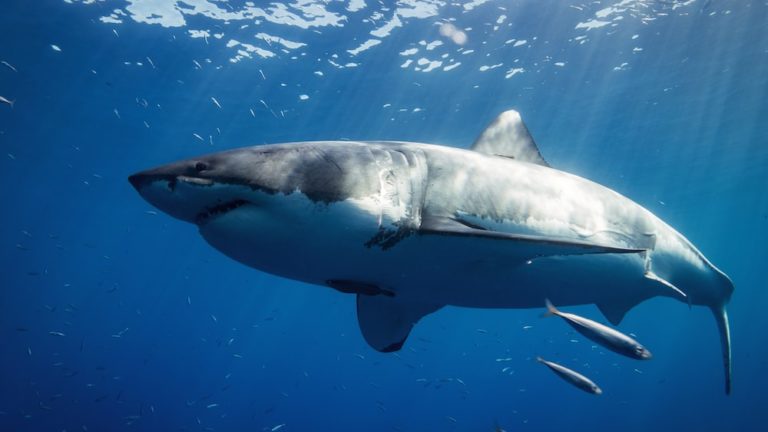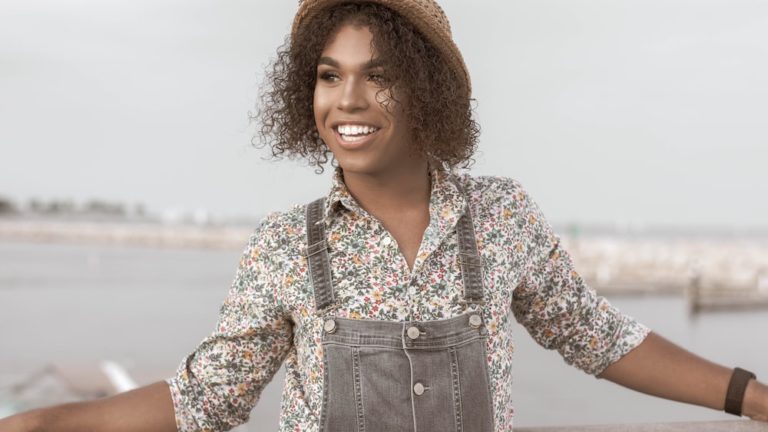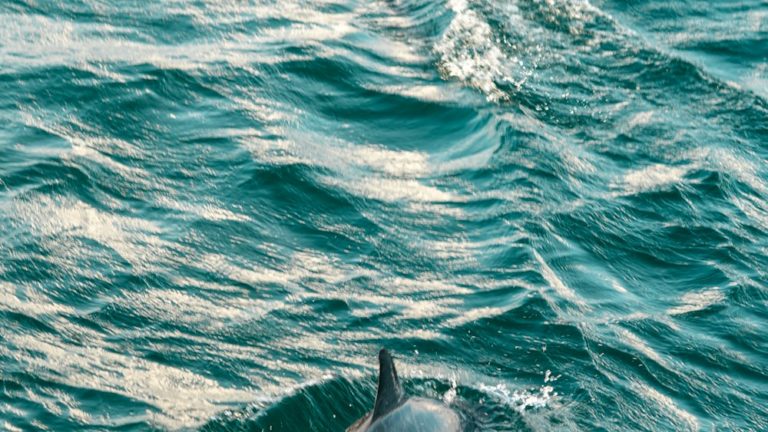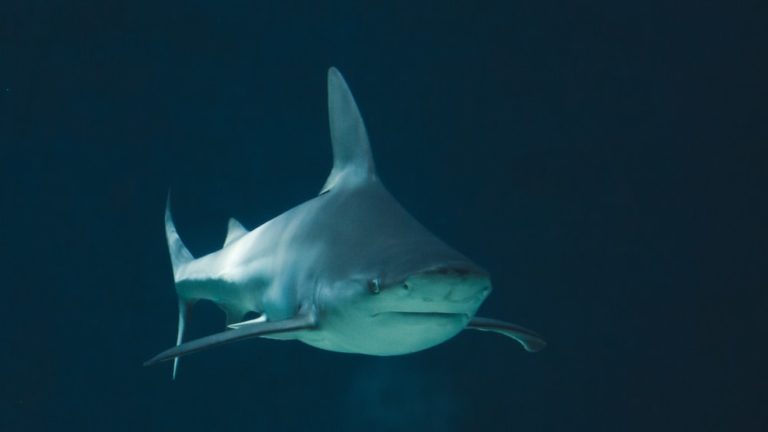Do Crabs Eat Plankton: Unveiling The Diet Of Crabs
Do Crabs Eat Plankton: Unveiling The Diet Of Crabs
Ahoy, fellow marine life aficionados and eco-warriors of the waves! Have you ever pondered over what’s on the menu for our coastal companions, the crabs? Do crabs eat plankton, or do they fancy a different kind of sea-salad? This dive into the diet of crabs will not only answer that burning question but also explore the crucial role these crustaceans play in the maritime munch-fest.
Key Points:
- Crabs have a diverse diet, including herbivorous, carnivorous, and omnivorous species.
- Plankton is an important part of the diet for many crab species, especially during their larval stages.
- Crabs consume both zooplankton and phytoplankton, utilizing their claws and mouthparts to capture and eat the microscopic organisms.
- The consumption of plankton by crabs plays a role in regulating plankton populations in marine ecosystems.
- Crabs’ dietary habits vary among different species and life stages, showcasing their adaptability and survival tactics.
- The relationship between crabs and plankton is a symbiotic one, contributing to the balance and health of marine ecosystems.
Join me as we pull up a seat at the ocean’s table, where the dish du jour is an intricate buffet named the marine food web. We’ll embark on a journey through the watery world to unveil the dietary secrets of crabs, bridging gaps in our understanding with a mix of science and a sprinkle of sea salted story-telling. Get ready to have your curiosity about underwater dining answered with a treasure trove of insights.
This voyage is especially tailored for the eco-adventurer and the conservationist-at-heart. It’s time to meet the crab, a creature that may seem as mysterious as the depths of Mariana’s Trench, yet as fascinating as the vivid colors streaking through a coral reef during the golden hour.
Exploring the Crab Diet
Now, let us sift through the sands of knowledge with pincers at the ready, and discover just what makes up the diet of these armored beach-dwellers. Is plankton the crab’s snack of choice, or is it merely a tidbit in a larger culinary journey? Together, we shall pick apart the crab’s menu and lay bare the facts in a tour de force of oceanic gastronomy.
The Role of Plankton in Marine Food Webs
In the swirling currents of our ocean, plankton reigns supreme as the foundation stone of the marine food web. Comprising both phytoplankton and zooplankton, these minute organisms are the starting blocks of a food chain that sustains everything from small shrimps to large leviathans.
Phytoplankton, the plant-like drifters, use photosynthesis to convert sunlight into energy, much like a floating buffet of solar-powered sustenance. Zooplankton, on the other hand, are the roving animal-like plankton that feed on their phyto-siblings and other minute particles. Together, they form a dynamic duo that supports a diverse array of marine life.
Phytoplankton and zooplankton are the foundation of the marine food web, supporting a diverse array of marine life.
Varieties of Crabs and Their Dietary Habits
The crab family tree is a bushy one, with branches sprawling across various shapes, sizes, and appetites. From the tiniest pea crab to the colossal coconut crab, there’s a fascinating diversity when it comes to their diets.
- Herbivorous crabs enjoy a good nibble on algae and seagrasses, maintaining a healthy green diet.
- Carnivorous crabs scavenge and hunt for smaller critters or feast on carrion, demonstrating that seafood is quite literally on the table.
- Omnivorous crabs don’t shy away from a varied diet, partaking in whatever edible morsels the tide brings in.
Each species has adapted uniquely to its habitat, ensuring it can make the most of the local dining scene.
The Importance of Plankton to Crab Development
Embarking on life as a tiny larvae, many crabs start their culinary journey feasting on the abundant banquet of plankton. Zooplankton, in particular, provides these young, developing crustaceans with a high-protein kickstart in life.
As crab larvae molt and grow, the nutritional wealth of plankton becomes integral to their successful maturation. Phytoplankton also plays a crucial role, supporting the ecosystem that fosters a rich variety of zooplankton for the crabs to consume. It’s much like preparing a nursery for baby crabs, replete with all the necessary nutrients for a running start.
The Plankton-Crab Connection
Dropping anchor at the heart of our discussion, the plankton-crab connection deserves a magnified look. We’ll unravel the fascinating way these creatures interact with the ocean’s microscopic buffet and how, in doing so, they maintain the delicate equilibrium of their underwater realms.
What Types of Plankton Do Crabs Consume?
- Zooplankton
- Phytoplankton
In their meanderings, crabs are known to indulge in a selection of zooplankton that keeps their tiny yet tough hearts beating. They are particularly fond of miniature crustaceans such as copepods and krill, which are like the fast food of the sea. On occasion, they will also partake of diatoms and other forms of phytoplankton, proving their palate does have a green side.
How Crabs Capture and Eat Plankton
With the agility of a sushi chef, crabs utilize their claws and bristles to ensnare the waltzing plankton. They’ve evolved an array of tools that act as both fork and knife, snatching up their microscopic meals with precision and finesse.
Once caught, plankton is drawn into the crab’s mouthparts, which act like a combination of a grinder and filter. It’s here in the crab’s culinary workshop where plankton is meticulously processed, extracted for its nutritional value, before making its way to the crab’s belly.
Just like a sushi chef, crabs use their claws and bristles to skillfully capture and process plankton, turning it into a nutritious meal in their culinary workshop.
Plankton as a Nutritional Source for Crabs
Plankton comes packed with the punch of protein, fats, and carbohydrates, making it an enviable source of energy. For growing crabs, these tiny organisms are a smorgasbord that fuels their development and fortifies their iconic exoskeletons.
This nutrient cornucopia also allows crabs to develop stronger claws, brighter shells, and the energy necessary to perform their dance of survival and reproduction. Thus, plankton doesn’t just sustain a crab’s life, it enables a crab’s lifestyle – from defending territory to finding a mate.
The Impact of Crabs on Plankton Populations
Venturing into the ebb and flow of species interactions, let’s consider the flip side of the sand dollar: the significant influence crabs exert on plankton populations. This delicate dance of predator and prey is a classic oceanic tale, sung in the ripples and tides of our blue planet.
Crabs as Predators: Regulating Plankton Levels
At first glance, the concept of crabs as notable regulators of plankton may seem a crabapple-to-oranges comparison. Nevertheless, their role cannot be underestimated. By preying on plankton, crabs help to maintain a balanced ecosystem where neither prey nor predator dominates to the detriment of other species.
Crabs’ consumption habits may vary with region and season, but their appetite for zooplankton often aligns them with the natural rhythm of the oceans, preventing the overabundance or scarcity of these minute drifters. Plus, it’s just another day at the office for crabs, ensuring their own survival while keeping the ocean’s conveyor belt of life moving smoothly.
Crabs play a crucial role in maintaining a balanced ocean ecosystem by preying on plankton and preventing the overabundance or scarcity of these minute drifters.
The Symbiotic Relationship Between Crabs and Plankton
While it’s true that crabs may seem like menacing gobblers of the sea, it’s worth tipping our snorkels to the often overlooked symbiotic relationship between these armored critters and the microscopic organisms known as plankton. In this underwater waltz, crabs are certainly not solo performers. They rely on plankton not only for nourishment but also as part of a larger ecological balance that keeps our oceans teeming with life.
Plankton, those tiny drifters, play the lead role in producing oxygen and form the foundation of the marine food web. In return for the feast they provide, crabs give back by keeping the plankton populations in check, essentially gardening the sea to prevent one species from monopolizing this watery realm. This balance helps maintain the health and diversity of marine ecosystems, where every creature, big or small, has its part to play.
The crabs themselves benefit from this relationship beyond a mere meal. Plankton is often rich in essential nutrients that contribute to the growth and shell development in these crustaceans. In their larval stages, some crabs may exclusively dine on these floating buffets, highlighting the interconnectedness of their life cycles with the ever-present plankton.
Comparing Diets: Crabs vs. Other Marine Creatures
Amidst a sea of options, crabs stand out with their varied diets. Comparing their dietary preferences with other marine creatures reveals a kaleidoscope of feeding methods. While crabs are seen as the omnivores of the ocean, other species have developed fascinating and diverse ways of sustaining themselves, each adapted to their unique slice of the underwater world.
Crabs and Filter Feeders: Different Strategies for Consuming Plankton
Contrast the foraging methods of crabs with the ocean’s filter feeders, and you’ll discover a tale of two diners. Crabs engulf their microscopic meals using their pincers in a strategic pick-and-choose buffet. They opt for a more selective approach, tasting the waters for their preferred planktonic delights.
On the flip side, filter feeders like sea sponges and baleen whales employ a less discerning strategy. They swallow vast quantities of water, sifting through it to capture their tiny, drifting prey. This ‘swim and sift’ technique stands in contrast to the meticulous munching styles of crabs, revealing the diverse adaptations that thrive in our oceanic smorgasbord.
Plankton Consumption Across Different Crab Species
Dive a bit deeper into the eating habits of crabs, and one discovers that not all claws are created equal when it comes to dining on plankton. The variety of crab species across our globe’s vast oceans has given rise to a full menu of feeding habits. Decorator crabs may casually snag plankton from the water column, while the tiny porcelain crabs use their feathery appendages to fan their food directly toward their mouths.
Indeed, it seems that size does matter in the underwater realm of plankton consumption. The larger predatory crabs often focus on more substantial prey, while their smaller cousins make a living snacking on these oceanic organisms, emphasizing the diversity that exists even within this particular crab clan.
FAQs
1. Do all species of crabs eat plankton?
Not all species of crabs eat plankton; their diets are as diverse as the environments they inhabit. While many juveniles and smaller species do indulge in this microscopic feast, others may prefer a more varied buffet of mollusks, algae, or detritus, showcasing the adaptability and survival tactics of these enduring ocean dwellers.
2. How does plankton consumption vary among different crab life stages?
Plankton consumption among different crab life stages often shifts from a primary to a supplemental dietary role as crabs grow. The larvae and young crabs typically feed heavily on plankton due to its abundance and ease of capture, but as they develop into adults, their dietary repertoire expands, and they might forage for a wider range of food items.
3. Can crabs survive on a diet consisting solely of plankton?
Survival on a diet of solely plankton for crabs is possible for some species, notably during their larval stages. However, as crabs mature, the majority expand their palates, requiring more complex and varied diets to meet their increased energy and nutritional needs.
4. How does the presence of crabs affect plankton diversity in marine ecosystems?
The presence of crabs can significantly affect plankton diversity in marine ecosystems. As predators and foragers, crabs help regulate plankton populations, promoting a balanced ecosystem and preventing any one plankton species from dominating. This fosters biodiversity and supports the health of the marine food web.
Conclusion
As we cast our nets wide, the question “do crabs eat plankton” unveils a world where these crustaceans not only feast on these marine morsels but also engage in a give-and-take relationship pivotal to our ocean’s health. Through this understanding, we’ve unraveled the intricate ties that bind the lives of crabs to the microscopic world of plankton – an undeniable testament to the complexity beneath the waves.
Reflecting on this underwater saga reminds us of the importance of conservation and the delicate balance that exists in our marine ecosystems. Every organism has its role, no matter how small. And as we swab the deck of ignorance, let’s hoist the sails of knowledge to navigate a future where such symbiotic relationships continue to thrive and amaze. Do crabs eat plankton? Indeed, they do, and their dining preferences provide a glimpse into the vast interdependence of ocean life.
Beneath the waves, may you always find wonder, and above them, a commitment to preserve the magic of our seas. Fair winds and following seas to you all, fellow ocean lovers.
Signing off with a heart full of seaweed and a mind eager to share the next tale, Jasper Flynn.
